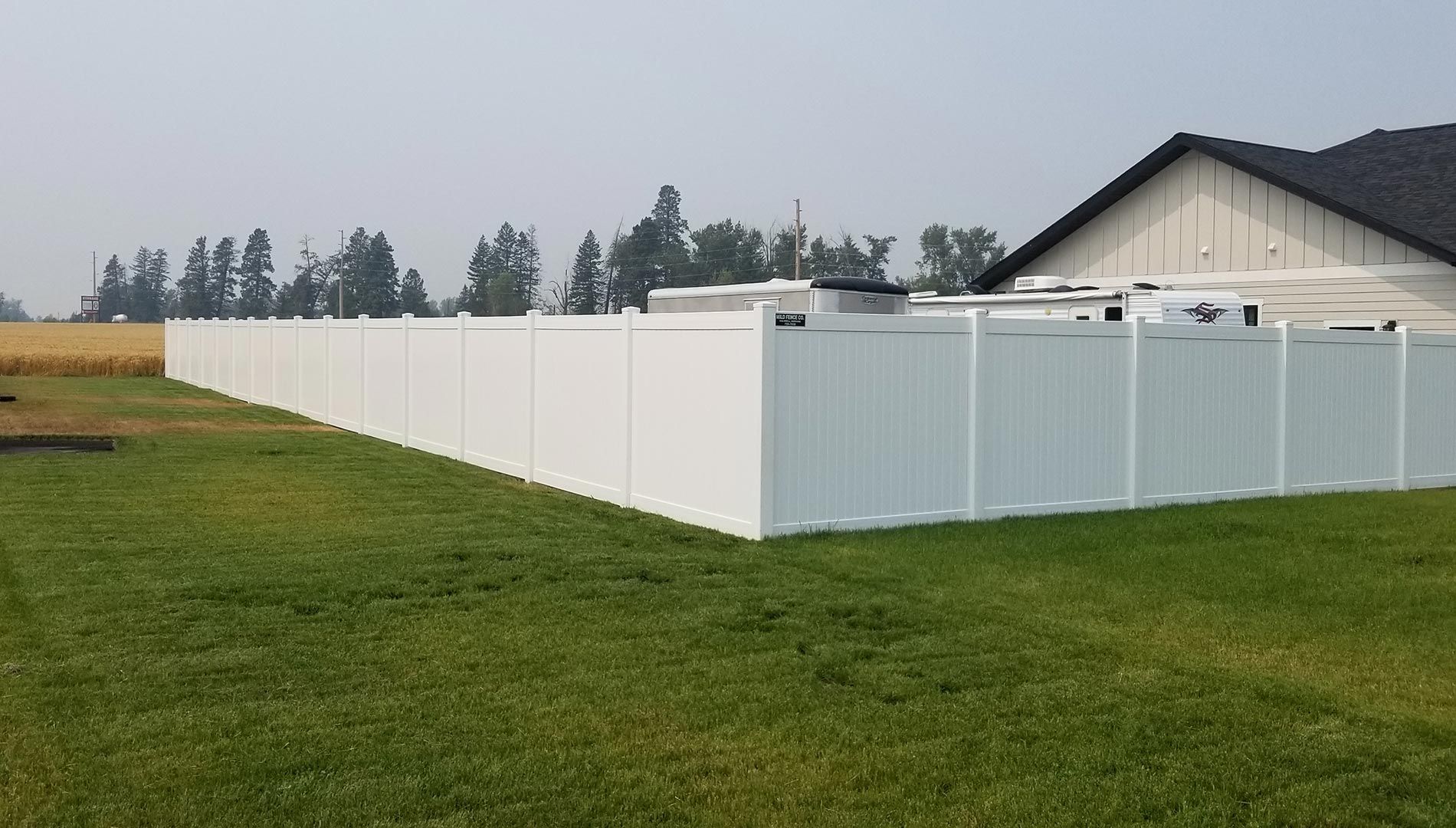Fence upkeep doesn’t always require expert help. With the proper tools and a little know-how, you can manage many standard issues yourself and save on repair costs. Here’s a simple guide to DIY fence care.
The Must-Have Tools for Fence Care
Before diving into fence maintenance, make sure you have the right tools on hand. Here's a list of essentials for most DIY fence care projects:
- Hammer – A hammer is essential for securing loose nails or repairing broken fence boards.
- Screwdriver – Ideal for tightening screws on wooden or metal fences
- Post Level – Helps keep your fence posts straight and secure
- Paint or Stain – Helps protect wood from the elements and extend its lifespan
- Wire Cutters – Wire cutters are great for trimming wire fences or removing tangled vines.
A Guide to Fixing Common Fence Issues
Steps to Fix a Loose Fence Board
If you notice a loose or damaged board, fixing it is relatively simple:
- Take out any loose nails or screws with a hammer or screwdriver.
- Align the board with the fence and secure it with new screws or nails.
- Consider adding a corner bracket or additional reinforcement to ensure stability.
How to Stain and Seal Wooden Fences
To protect your wooden fence and maintain its appearance, staining or sealing is essential:
- Clean the fence thoroughly, removing dirt, debris, and any mildew.
- Choose a suitable stain or sealant for outdoor use.
- Evenly apply the stain with a brush or sprayer, working from top to bottom.
- Allow it to dry completely before putting the fence back to use.
Knowing Your Limits: When to Seek Help
Not every fence issue can be fixed with a DIY approach. While minor repairs like tightening screws or replacing boards are manageable, more complex problems may require a professional's expertise:
- Extensive structural damage, such as leaning posts or a sagging fence.
- Electric fences or high-security fences that need specialized skills.
- Severe weather damage that could threaten the structural integrity of your fence.
If you’re not sure if you can handle a repair, it’s always safer to contact a professional. This can prevent costly mistakes and frustration.
